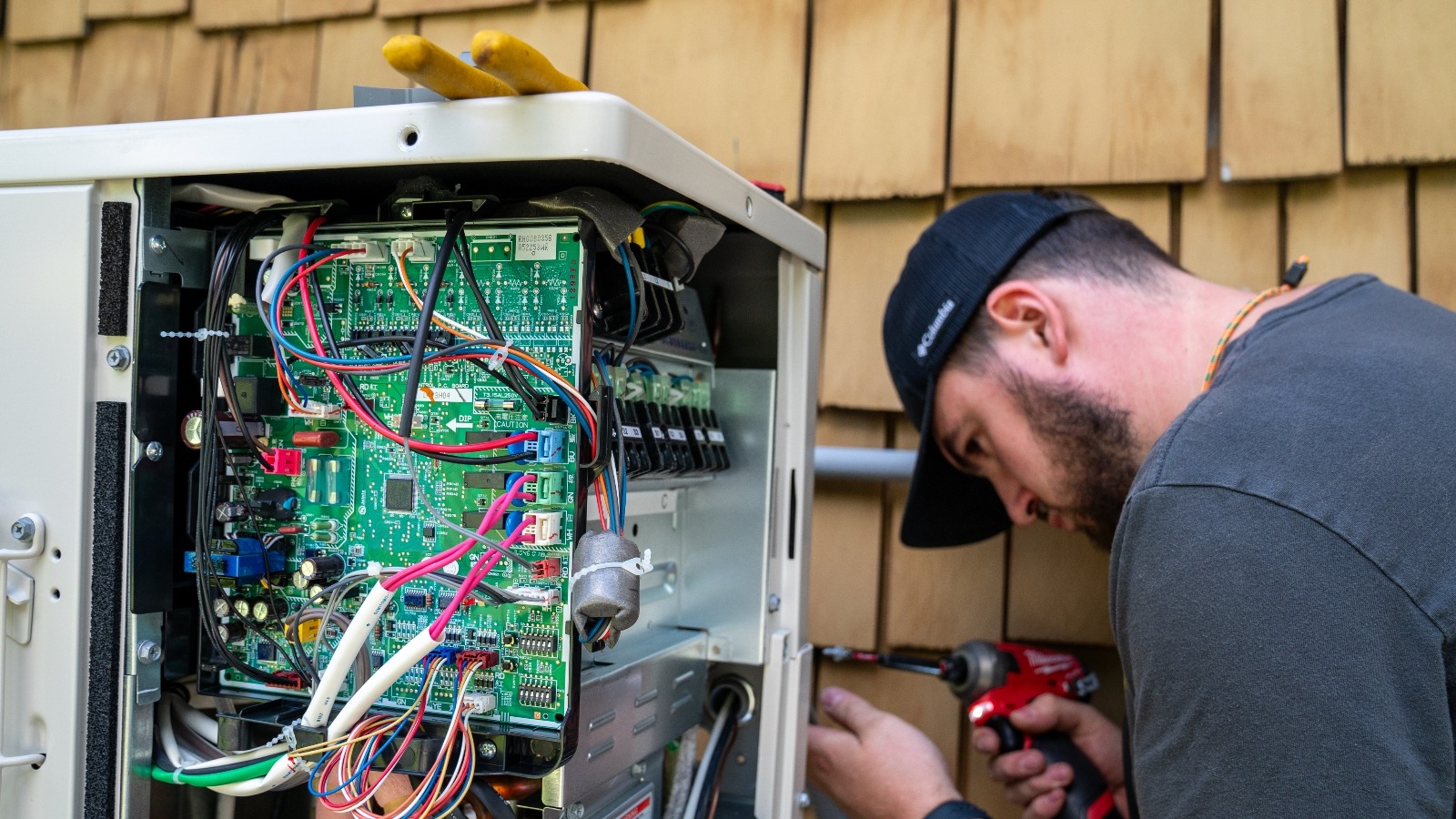Biomimetics, Vol. 10, Pages 662: Osseodensification Versus Subtractive Drilling in Cortical Bone: An Evaluation of Implant Surface Characteristics and Their Effects on Osseointegration
Biomimetics doi: 10.3390/biomimetics10100662
Authors:
Sara E. Munkwitz
Albert Ting
Hana Shah
Nicholas J. Iglesias
Vasudev Vivekanand Nayak
Arthur Castellano
Lukasz Witek
Paulo G. Coelho
Osseodensification (OD) has emerged as a favorable osteotomy preparation technique that preserves and compacts autogenous bone along the osteotomy walls during site preparation, enhancing primary stability and implant osseointegration. While OD has demonstrated promising results in low-density trabecular bone, especially when used in conjunction with acid-etched (AE) implant surfaces, its efficacy in high-density cortical bone remains unclear—particularly in the context of varying implant surface characteristics. In this study, Grade V titanium alloy implants (Ti-6Al-4V, 4 mm × 10 mm) with deep threads, designated bone chambers and either as-machined (Mach) or AE surfaces were placed in 3.8 mm diameter osteotomies in the submandibular region of 16 adult sheep using either OD or conventional (Reg) drilling protocols. Insertion torque values (N·cm) were measured at the time of implant placement to evaluate primary stability. Mandibles were harvested at 3-, 6-, 12-, or 24-weeks post-implantation (n = 4 sheep/time point), and histologic sections were analyzed to quantify bone-to-implant contact (BIC) and bone area fractional occupancy (BAFO). Qualitative histological analysis confirmed successful osseointegration among all groups at each of the healing time points. No statistically significant differences were observed between OD and conventional drilling techniques in insertion torque (p > 0.628), BIC (p > 0.135), or BAFO (p > 0.060) values, regardless of implant surface type or healing interval. The findings indicate that neither drilling technique nor implant surface treatment significantly influences osseointegration in high density cortical bone. Furthermore, as the osteotomy was not considerably undersized, the use of OD instrumentation showed no signs of necrosis, inflammation, microfractures, or impaired osseointegration in dense cortical bone. Both OD and Reg techniques appear to be suitable for implant placement in dense bone, allowing flexibility based on surgeon preference and clinical circumstances.
Source link
Sara E. Munkwitz www.mdpi.com

